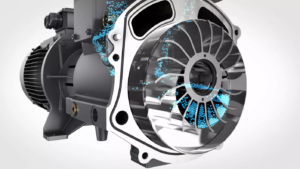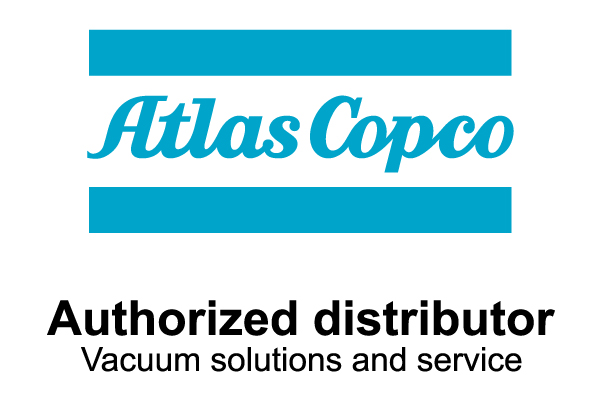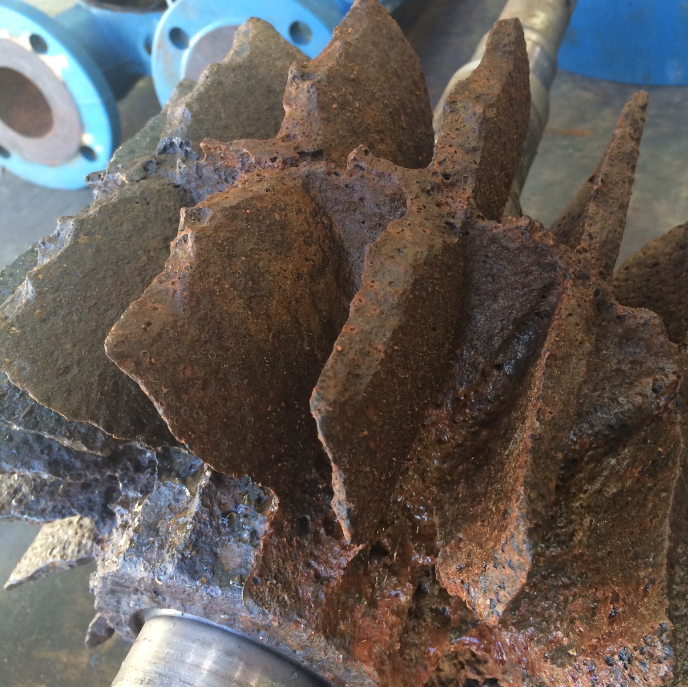Liquid ring vacuum pumps are commonly used in a variety of industries for applications that require the reliable vacuum. These pumps work by using a liquid ring to compress air and other gases in the system. However, these pumps can sometimes cavitate, which can lead to damage and decreased efficiency. In this article, we will explore the reasons why liquid ring vacuum pumps cavitate and how to prevent it from happening.
What is cavitation in liquid ring vacuum pumps?
Cavitation is a process that occurs when the pressure at the inlet of a liquid ring vacuum pump drops below the vapor pressure of the liquid being used to create the vacuum. This can happen when there is a sudden increase in demand for vacuum or if the amount of non-condensable gas is too small. When cavitation occurs, vapor bubbles form in the liquid ring, which then collapse and cause damage to the impeller and other parts of the pump. This can lead to decreased efficiency, reduced capacity, and even failure of the pump.
Why do liquid ring vacuum pumps cavitate?
There are several reasons why liquid ring vacuum pumps can cavitate. One of the most common reasons is an increase in demand for the vacuum. When the demand for the vacuum increases, the pressure at the inlet of the pump decreases. If the pressure drops below the vapor pressure of the liquid being used to create the vacuum, cavitation can occur.
Another reason for cavitation in liquid ring vacuum pumps is poor design or maintenance of the pump. If the pump is not properly designed or maintained, it can create conditions that lead to cavitation. For example, if the impeller is damaged or worn, it can increase turbulence in the liquid ring, which can cause vapor bubbles to form and collapse.
Similarly, if the seal fluid being used in the pump is contaminated or has a high vapor pressure, it can also lead to cavitation. Contamination can increase turbulence in the liquid ring, while a high vapor pressure can make it more likely that the pressure at the inlet of the pump will drop below the vapor pressure of the liquid.
How to prevent cavitation in liquid ring vacuum pumps
Preventing cavitation in liquid ring vacuum pumps requires proper design, maintenance, and operation of the pump. Here are some steps that can be taken to prevent cavitation:
1. Proper pump design – The pump should be designed to handle the maximum demand for the vacuum. This means that the pump should be sized properly for the application and the liquid being used to create the vacuum. The impeller should be properly designed and maintained to minimize turbulence in the liquid ring.
2. Proper seal liquid – The liquid being used in the pump should have a low vapor pressure relative to the operating conditions and be free of contaminants. This will help to minimize the likelihood of cavitation occurring.
3. Proper maintenance – The pump should be regularly inspected and maintained to ensure that it is operating properly. This includes vibrations levels, checking the impeller for damage or wear, checking the liquid level in the pump, cleaning the heat exchanger and replacing any worn or damaged parts.
4. Avoid sudden changes in demand – Sudden increases in demand for the vacuum should be avoided. This can be achieved by properly sizing the pump for the application, and by also using control systems like pressure control valves or variable speed drives to manage the demand for the vacuum.
Overall, cavitation is a very common problem that can occur in liquid ring vacuum pumps. It can lead to damage to the pump and decreased efficiency. However, by taking steps to properly design, maintain, and operate the pump, it is possible to prevent cavitation and ensure optimal performance.

Please reach out to enquiries@bayenterprises.ie for more information on any liquid ring vacuum pump enquiries.


